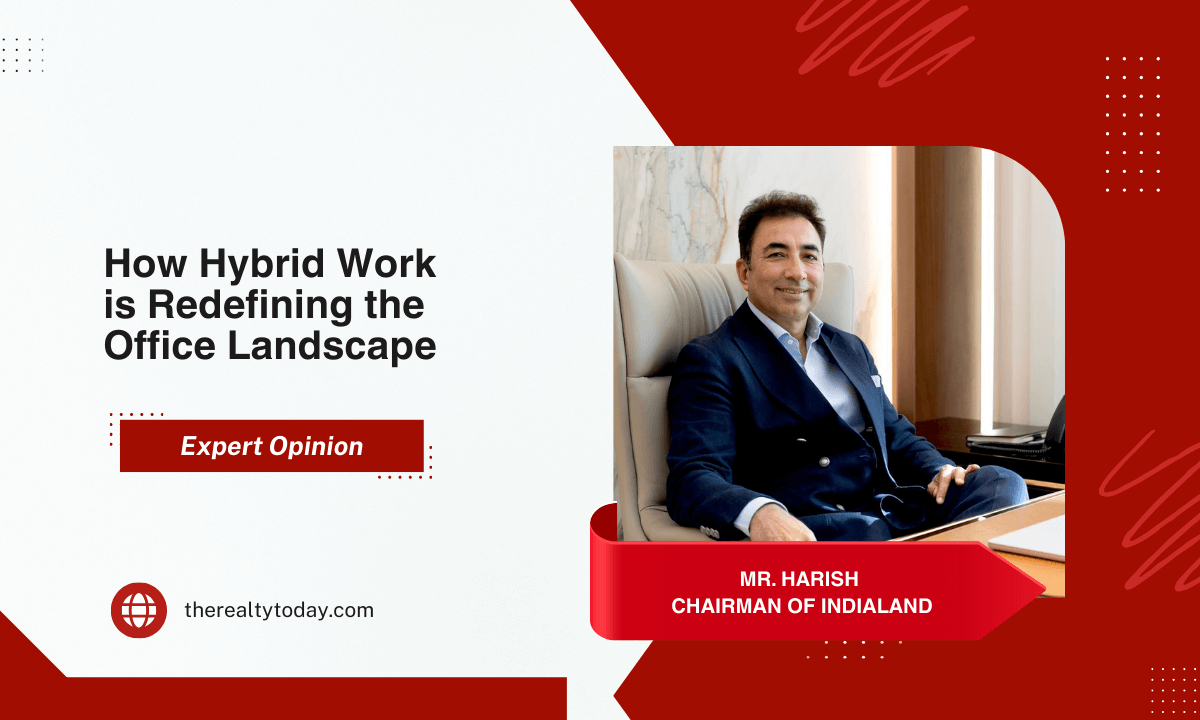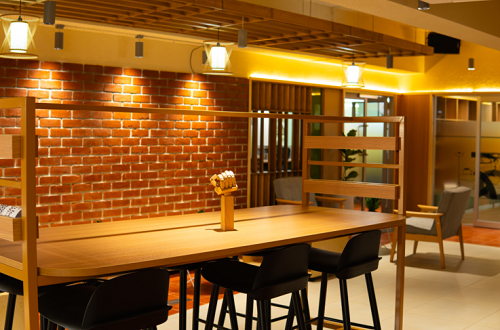For nearly a decade, the business world talked about the “future of work” as if it were a distant idea waiting to be shaped. Then, the pandemic happened. Companies faced an unexpected experiment that changed how we think about offices. By 2026, the situation has settled enough to reveal a clear trend: hybrid work is no longer a fad.
Yet, despite the flexibility people have gained, something interesting is happening across major business districts and tech corridors - the demand for well-planned IT parks isn’t falling. In fact, in certain markets, it’s climbing again, though for reasons far more nuanced than before.
Hybrid Work Isn’t About Less Office Space - It’s About Different Space
Before hybrid work became mainstream, many believed it would lead to empty towers and shrinking corporate real-estate footprints. While some companies did scale down, the bigger movement has been a shift in how organizations use space.
Teams no longer come into the office just because they have to. They come because there is something there that helps them work better than they would at home. This shift has pushed companies to rethink what their offices should be. Instead of rows of desks, they want:
- Collaboration zones where ideas grow naturally
- Quiet corners for deep-focus work
- Studio-like areas for virtual meetings
- Flexible layouts that adapt to different team rhythms
- Social hubs that strengthen culture and belonging
In other words, hybrid work has not removed the need for offices; it has simply filtered out the spaces that don’t add value. Companies are now investing in environments that employees want to come to, not ones they feel obligated to visit.
Why IT Parks Gain Relevance in a Hybrid-First World
At first glance, hybrid work might appear to challenge the logic of large IT parks. But on the ground, the story is just the opposite.
Well-designed technology campuses still provide something that distributed work cannot deliver: an ecosystem. They enhance productivity and business continuity by combining infrastructure, convenience, community, and predictability. This newfound interest is being driven by multiple sources.
1. Business Continuity and Dependability
Hybrid work depends heavily on stable digital infrastructure. Homes in many countries — especially fast-growing markets - cannot offer the bandwidth, power reliability, or security standards that IT companies need.
IT parks, however, are built precisely for these requirements. Backup power systems, high-speed internet, secure access, and readiness for disasters provide companies with a safety net. This foundation is more important than ever in 2026 as cyber threats become more sophisticated and workloads are expected to increase in the cloud.
2. Culture and Collaboration Still Need a Physical Home
Even in the most flexible workplace, culture doesn’t develop in isolation. Teams still need spaces for people to gather, interact openly, build trust, and create value together. IT parks offer the setting of indoor and outdoor areas, cafes, breakout courts, and community activities that are ideal for these interactions.
What has changed is frequency, not importance.
The office must motivate employees in a way that their homes or coworking spaces probably don't, even if they don't attend every day.
3. The Talent Equation Has Changed
They wish to work in environments that appear to be constructed with humans in mind. Workers today are considering more than just pay; they also think about the entire environment, which includes access to food, space that is open, safety, exercise, and transportation. IT parks with good design score highly on each of these criteria. Many new-age campuses are intentionally laid out almost like a mini-township, with curated retail, walking trails, daycare, and transit hubs all designed to avoid daily difficulties.
This is important because hybrid work has introduced more competition for talent. The best candidates want flexibility in the workplace. They also want to work in environments that seem to have been purposefully created with humans in mind.
4. Infrastructure both intelligent and sustainable
Sustainability will become more than simply a corporate checkbox by 2026. IT parks that are invested in solar energy, rainwater capture, energy efficient buildings, and responsible waste diversion provide companies with an out-of-the-box green advantage.
Additionally, smart campus systems — from sensor-based lighting to automated visitor management — help companies operate efficiently without building this infrastructure on their own.
The New Office Playbook: Less Routine, More Purpose
The primary shift associated with hybrid employment is not where individuals work, but rather why they work. The office is gradually evolving into a place for connection, creativity, and cooperation. This change means companies are now much more careful about their real estate decisions. They don’t just want square footage; they want experiences that reflect their culture and support their goals. As a result:
- Average daily occupancy may be lower, but
- The quality of occupancy is higher.
When workers show up, they participate, interact, brainstorm, and make significant contributions.
IT parks as strategic resources: prospects for the future
The significance of an effective workspace becomes even greater as hybrid work continues to develop
IT parks that offer strong infrastructure along with purposeful, valuable human experiences are becoming key assets for the companies that use them.
The future won’t be about forcing people back to offices. It will be about creating spaces where work feels natural and teams feel connected. In that journey, well-planned IT parks remain not just relevant but essential.
Hybrid work may have changed the “when” and “how” of coming to the office — but it hasn’t diminished the importance of having a great one.









.png)